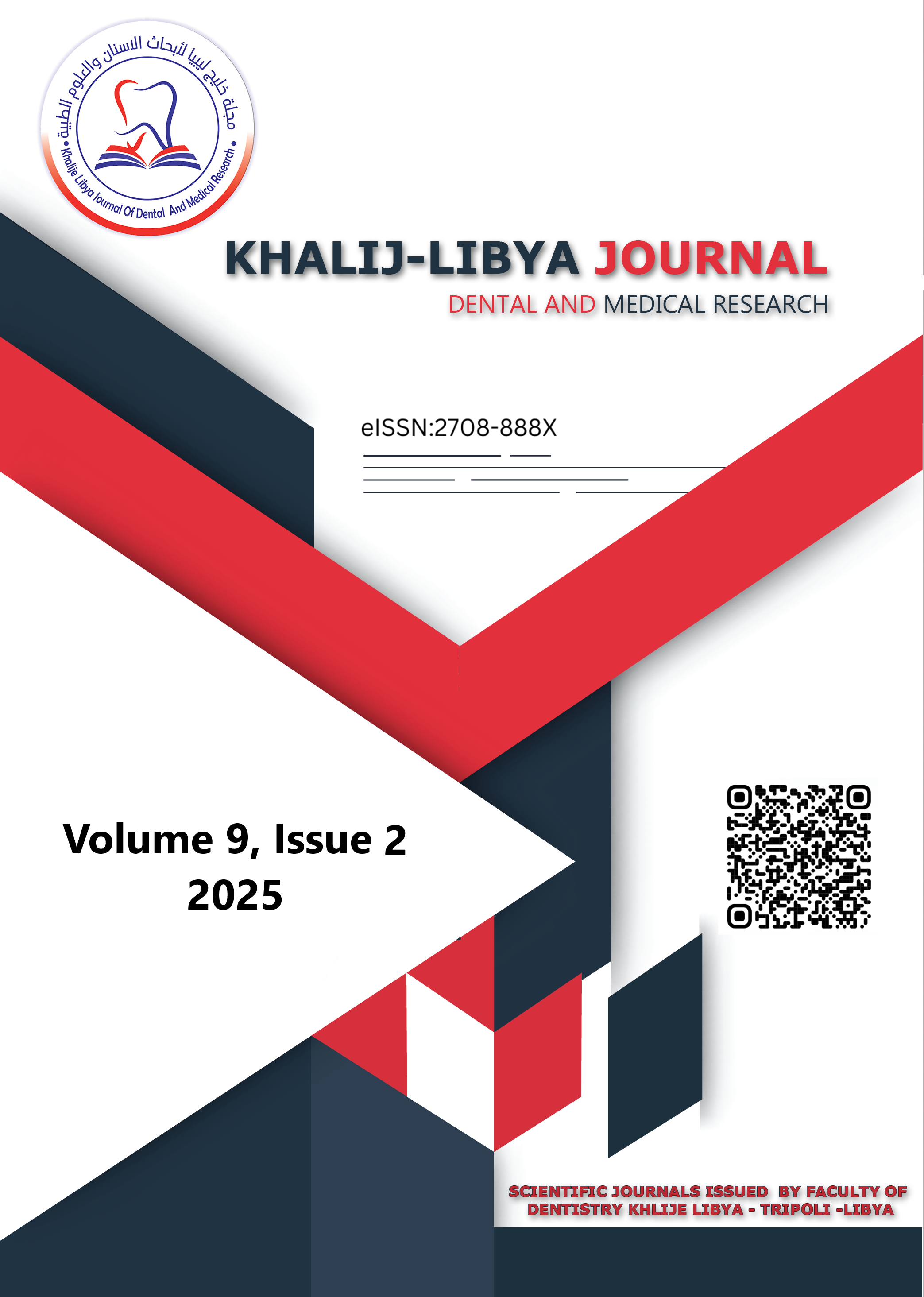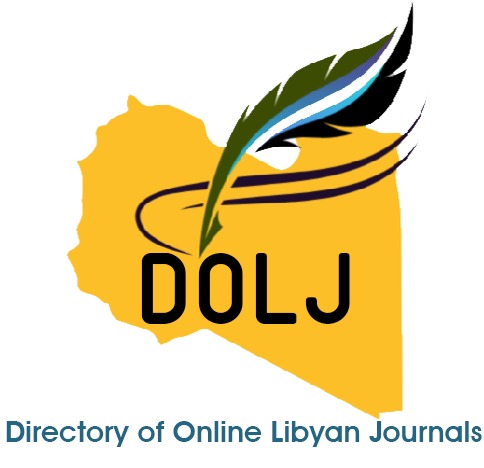Assessment of Diagnostic and Clinical Facilities for Sickle Cell Disease at the National Institute of Oncology, Sabratha, Libya
DOI:
https://doi.org/10.47705/kjdmr.259211Keywords:
Sickle Cell Disease, Current Practices, Management, Libya.Abstract
Sickle cell disease (SCD) is a global health challenge and has been recognized by the World Health Organization as a public health priority due to limited diagnostic and treatment services. In Libya, the prevalence of SCD varies widely across regions, yet little is known about available resources and management strategies, and treatment services. This study was conducted to document the existing facilities and assess current practices for SCD management at the National Institute of Oncology, Sabratha, which hosts the only dedicated SCD clinic in the region. A cross-sectional questionnaire survey was structured questionnaires completed by lab workers and physicians responsible for managing SCD patients at the SCD clinic at the National Institute of Oncology, Sabratha. The clinic registered only 10 patients, indicating a low reported incidence of SCD in the region. Patients had access to microbiology and chemistry laboratories, as well as CT and MRI imaging. However, several essential diagnostic and monitoring tools were absent. The clinic did not possess facilities for β-globin gene analysis, automated cell counters, haemoglobin electrophoresis, high-performance liquid chromatography (HPLC), or transcranial Doppler ultrasound. In addition, there were no new-born screening programs or photoelectric concentration equipment available. The findings highlight both a low prevalence of SCD in the region and significant gaps in diagnostic and laboratory capacity. Strengthening infrastructure and expanding diagnostic services are critical to improving early detection, monitoring, and comprehensive management of SCD in the region.
Downloads
Published
How to Cite
Issue
Section
License
Copyright (c) 2025 Khalij-Libya Journal of Dental and Medical Research

This work is licensed under a Creative Commons Attribution-NonCommercial 4.0 International License.
All the articles published in KJDMR are distributed under CC BY-NC-SA 3.0 IGO license










